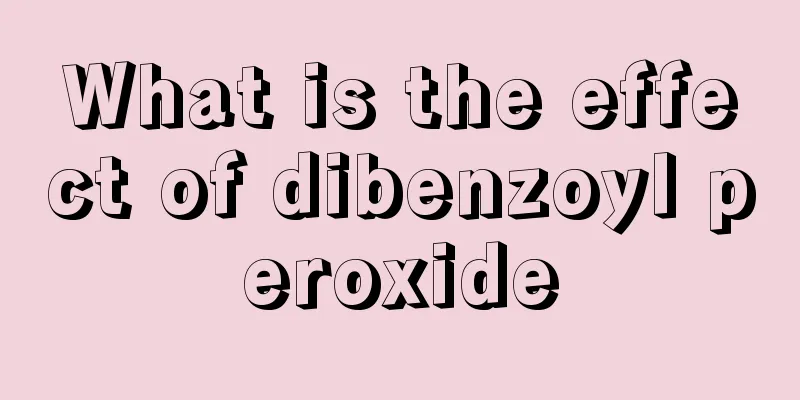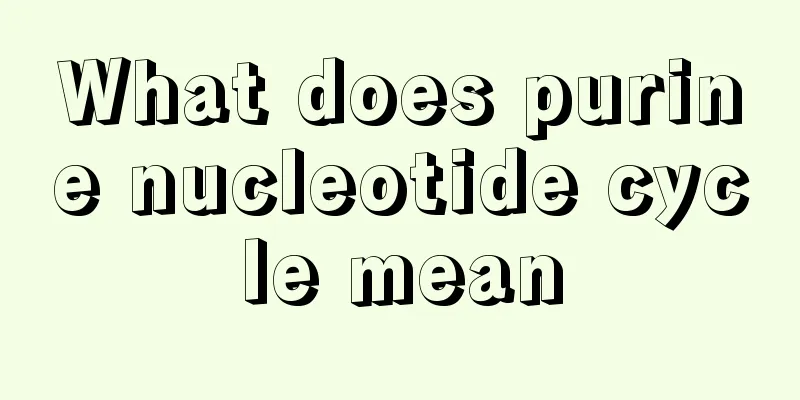What is the effect of dibenzoyl peroxide

|
Dibenzoyl peroxide is used as an initiator for polyvinyl chloride and unsaturated polyesters. It is most widely used in industry as an initiator, natural rubber, or bleaching agent and oxidant. Especially in recent years, it has been widely used in highway projects. So after understanding its uses and characteristics, we should have a correct understanding of it. 1. Introduction Dibenzoyl peroxide, white crystals. Soluble in benzene, chloroform and ether. Slightly soluble in ethanol and water. It can be used as a polymerization initiator for monomers of polyvinyl chloride, unsaturated polyesters, polyacrylates, etc. It can also be used as a cross-linking agent for polyethylene and a rubber vulcanizing agent. 2. Preparation method Under cooling conditions, 30% hydrogen peroxide is added to a 30% sodium hydroxide solution to generate a sodium peroxide solution; then benzoyl chloride is added dropwise with stirring at 0-10°C. Too high a temperature will cause decomposition of hydrogen peroxide and hydrolysis of benzoyl chloride; the benzoyl peroxide generated by the reaction is precipitated, cooled, filtered, washed, and recrystallized with 2:1 methanol/chloroform and dried (50-70°C) to obtain the product with a yield of more than 85%. 3. Application 1. Benzoyl peroxide is the most widely used initiator in the adhesive industry. It is used as an initiator for the polymerization of acrylates and vinyl acetate solvents, the graft polymerization of chloroprene rubber, natural rubber, SBS and methyl methacrylate, the curing of unsaturated polyester resins, and organic glass adhesives. It can also be used as a vulcanizing agent and cross-linking agent for silicone rubber and fluororubber. It can also be used as a bleaching agent and an oxidizing agent. 2. Powder products are mainly used as polymerization initiator catalysts for acrylic resins, MMA resins, etc. In recent years, it is being promoted as a fast adhesive in highway projects and other aspects, and the paste-type product is used as a curing catalyst in polyester resin molding processing. The liquid type is used as a polymerization catalyst to prepare polystyrene resin. 3. Mainly used as polymerization initiator for PVC and polyacrylonitrile and crosslinking agent for unsaturated polyester and acrylate. In the rubber industry, it is used as a crosslinking agent for silicone rubber and fluororubber. It can also be used as a bleaching agent, oxidant, and in chemical production. |
>>: What is the use of dicumyl peroxide
Recommend
What is the normal size of the embryo at 50 days?
At different times of pregnancy, pregnant women f...
Nursing of patients with endometrial cancer
Patients with endometrial cancer often know too l...
What material is good for pillow core
In fact, the time spent sleeping every day seems ...
What specific methods can be used to treat kidney cancer in the late stage
In fact, for advanced kidney cancer, as long as p...
Four types of parasols do not protect against the sun
Although the early autumn sunshine is less sharp ...
What is a tampon
At the prime of her youth, the girl still has an ...
What can you eat to lower high blood sugar?
The number of people with diabetes is increasing ...
How can Pityrosporum fumigatus be eradicated?
Pityrosporum is a particularly stubborn type of f...
What should I do if I have a cold and cough at night?
Autumn and winter are coming soon. The temperatur...
What should I do if I have butterfly spots on my face?
Butterfly spots are what we call chloasma. In fac...
What are the alkaline drinks? 5 recommended alkaline drinks
Alkaline beverages can balance the body's aci...
What to do about congenital ptosis?
Congenital ptosis is a common clinical disease, w...
Briefly describe the symptoms of kidney tumors
The most taboo thing for people with kidney tumor...
What should I do if my finger joints are stiff and painful in the morning?
Sometimes we often find that our finger joints fe...
Is chili pepper a photosensitive food?
Many people don’t quite understand photosensitive...









